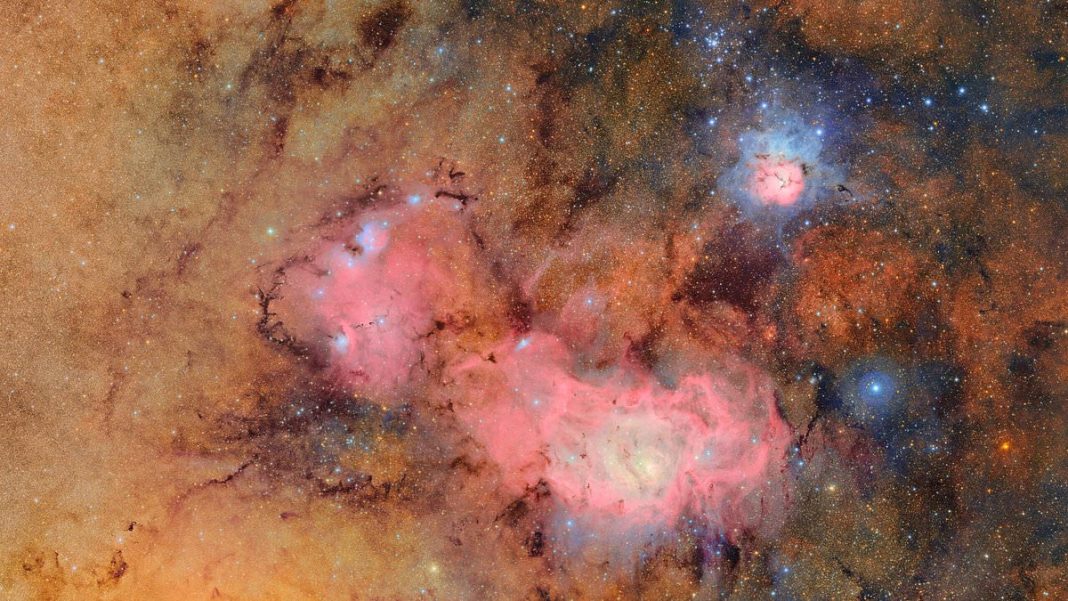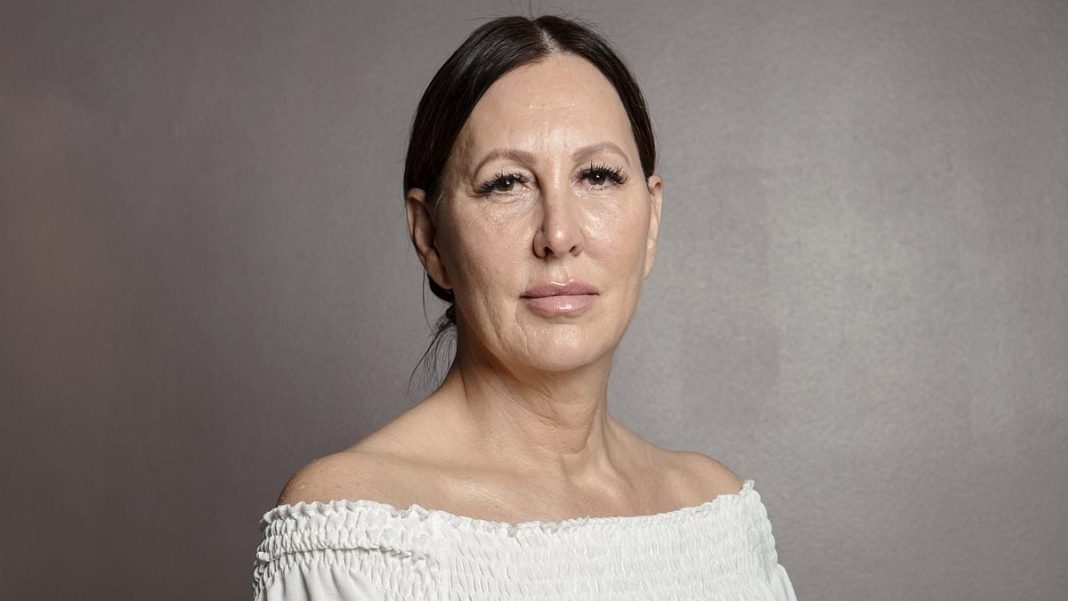Scientists have revealed the first images from the world’s largest digital camera, the Vera C Rubin Observatory.
Located on top of the Cerro Pachón mountain in Chile, this revolutionary telescope is poised to supercharge our study of the universe.
Equipped with a 5.4ft x 9.8ft digital camera, the telescope can capture an area about three times that of the moon with every photo.
With a resolution of 3,200 megapixels – 67 times more than an iPhone 16 Pro – each image would need 400 4K high-definition television screens to display at its original size.
One of its first stunning images shows the Trifid and Lagoon nebulae, vast clouds of colourful gas located some 9,000 light-years from Earth.
Combining 678 different pictures taken over seven hours, the photograph reveals blue and pink swirls of interplanetary gas and the glow of young stars being formed.
In another image, the massive telescope captures around 10 million galaxies – just 0.5 per cent of the 20 billion galaxies it will observe over its lifetime.
However, these are only the very first test images from the cutting-edge telescope, with thousands more soon to come.
Perched 8,770ft (2,670m) above the Chilean Andes on a mountain dedicated to space research, the newly completed Vera C Rubin Telescope is in the perfect place to watch the stars.
The location is very high, exceptionally dark, and far enough above sea level to avoid much of the interference from Earth’s atmosphere.
The observatory’s four goals are to map changes in the sky, study the formation of the Milky Way, map the solar system, and understand dark matter.
As these test images offer a tantalising glimpse of what is to come, the observatory is soon to start a decade-long vigil watching the night sky.
With its unique, fast-moving design, astronomers will snap an image of the sky once every 40 seconds for eight to 12 hours every single night.
As part of the Legacy Survey of Space and Time, the telescope will map the entire southern night sky once every three days for the next ten years.
At its peak, the observatory will be generating tens of thousands of images every night, which will be sent to scientists around the world.
The UK will also play a critical role in this project by hosting the data centres to process the enormous quantities of data.
By repeatedly taking images of the same sections of the sky, the Vera C Rubin Observatory will enable scientists to detect the smallest changes.
Dr Eduardo Bañados, from the Max Planck Institute for Astronomy, says the telescope will give astronomers a ‘cosmic movie’ of the next decade.
‘This will allow us to go beyond just discovering such super-distant galaxies, but also learning about their physical properties,’ says Dr Bañados.
The system will alert scientists anytime it detects that something has changed, with up to 10 million data alerts being generated every night.
These alerts might be tiny fluctuations in the light from a distant galaxy or the glint of sunlight on an asteroid approaching Earth.
Scientists believe that the telescope will increase the catalogue of objects in the solar system tenfold.
Speaking at a press conference revealing the test images, Aaron Roodman, Deputy Director for the observatory’s construction, said: ‘Since we take images of the night sky so quickly and so often, we’ll detect millions of changing objects literally every night.
That means, if there is a ninth planet hiding somewhere in the solar system, the Vera C Rubin telescope will be able to find it.
Some scientists believe there might be a ninth planet orbiting 700 times further from the sun than Earth, well beyond the range of conventional telescopes.
But by using a three-mirror system to focus even the faintest amounts of light, the Vera C Rubin Observatory will be able to see this planet if it is there.
Light from distant galaxies is reflected from a 27.5-foot (8.4m) primary mirror, into an 11.2-foot (3.4m) secondary mirror, back into a 15.7-foot (4.8m) mirror, which bounces it into the waiting camera.
The setup is so sensitive that a single speck of dust or the light from a stray LED is enough to cause distortion.
However, overcoming those difficulties will give scientists an unprecedented window into the galactic past.
Mr Roodman says: ‘We also will combine those images to be able to see incredibly dim galaxies and stars, including galaxies that are billions of light-years away.
‘Rubin Observatory is truly a discovery machine. It will enable us to explore galaxies, stars in the Milky Way, objects in the solar system, and all in a truly new way.’
More photos from the Vera C Rubin Observatory will be released in a live-streamed event at 16:00 BST today.






